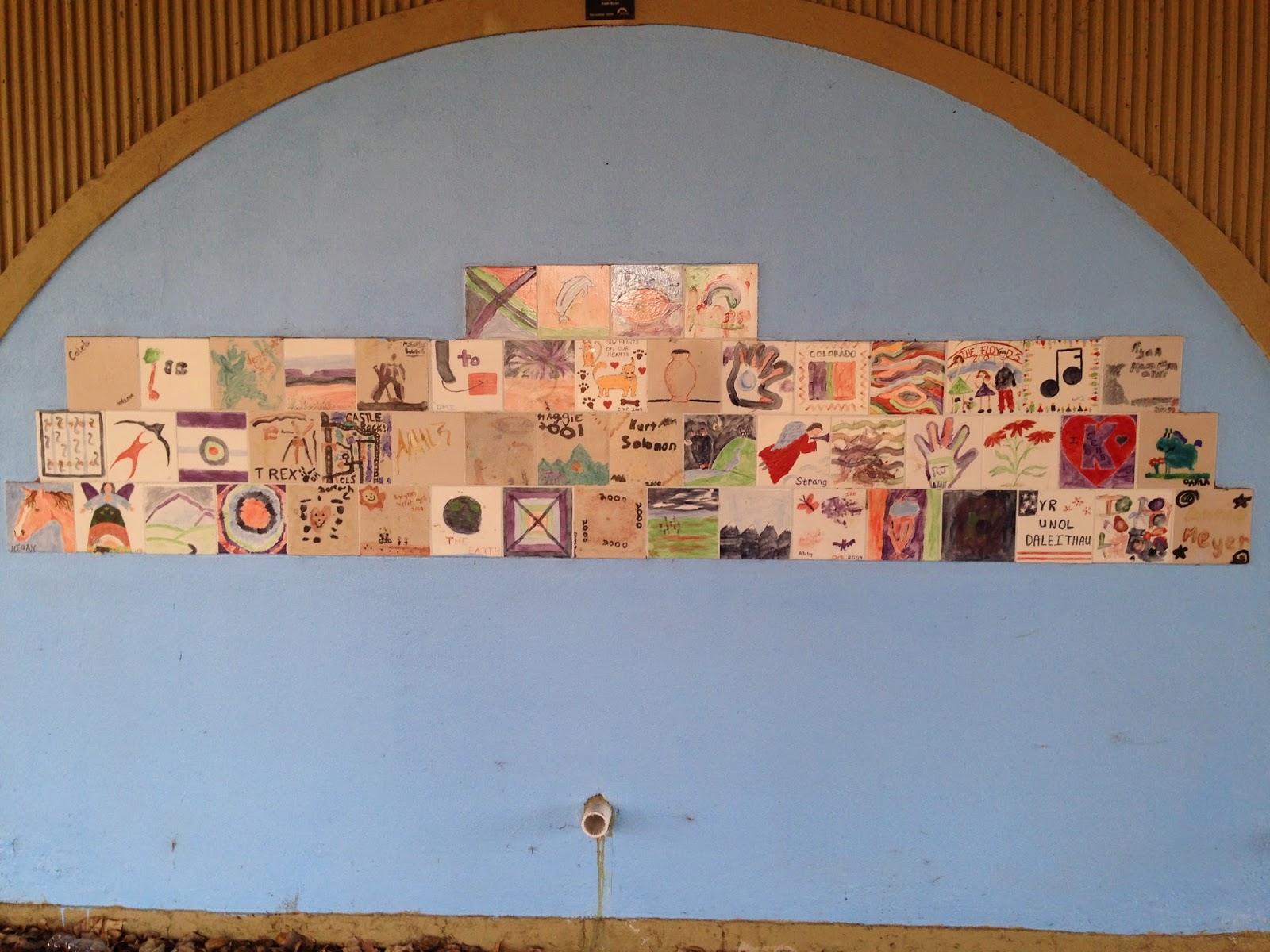 |
| Along the Colorado Trail. All photos courtesy the Colorado Trail. |
The trail passes through 6 Wilderness Areas, 6 National Forests, penetrates 8 of the states mountain ranges and traverses 5 major river systems.
Total elevation gain of the trail is 89,354 vertical feet, or more than climbing Mount Everest from sea level THREE times. Trail elevation ranges from 5520 feet at Waterton Canyon at the Denver Trailhead to 13,271 feet just below the Coney summit in section 22. Average trail elevation is 10,300 feet.
The trail can also be ridden by mountain bike, excepting Wilderness Areas and there are trails/roads around those. You can also use a pack animal like a horse where you can ride it or carry your gear. Or you can go like my friend Mike who has used a llama each year to carry his groups gear while section hiking the trail.
For a blast into the past you can even board the Durango Silverton Narrow Gauge Railroad at Elk Park on the CT and ride to Durango or Silverton if you have a ticket.
Backpackers can begin hiking the trail in late June and must finish by early September due to weather. Even then it can snow every month in Colorado at the elevations the CT passes through.
Planning for the hike will take a little time. Check out the Colorado Trail Trip Planning section and read the Guidebook.
If you live or vacation in Colorado consider joining the Colorado Trail Volunteers to maintain and work on trail sections part of the season. Your generosity will be enjoyed by many.
When you go backpacking on the Colorado Trail, bring the CT Data Book and Trail Maps. Happy hiking in some of the best scenery Colorado has to offer!















